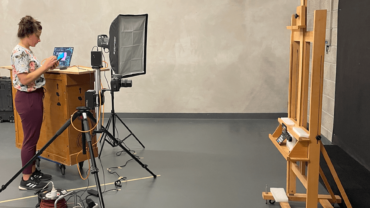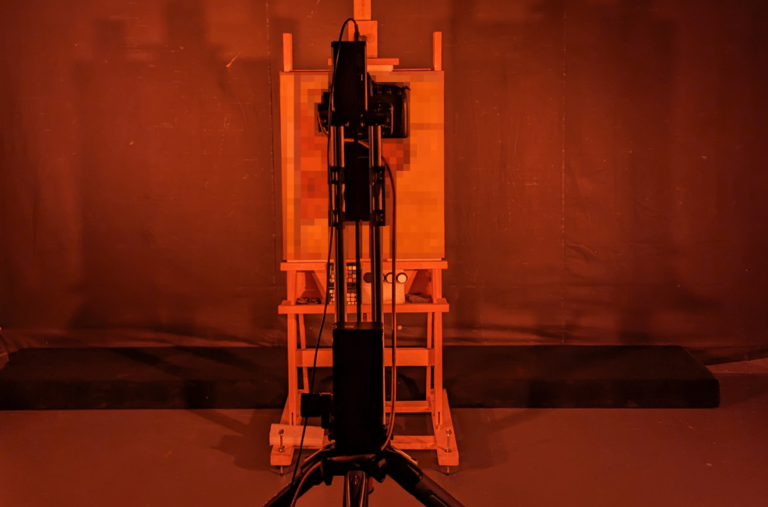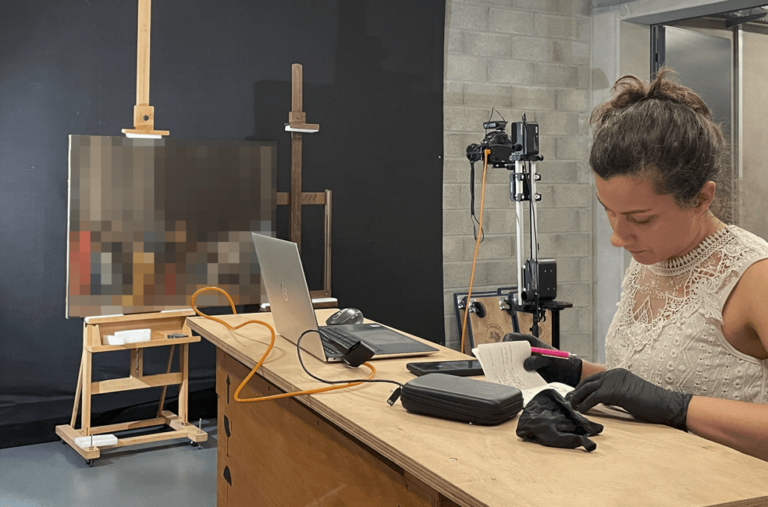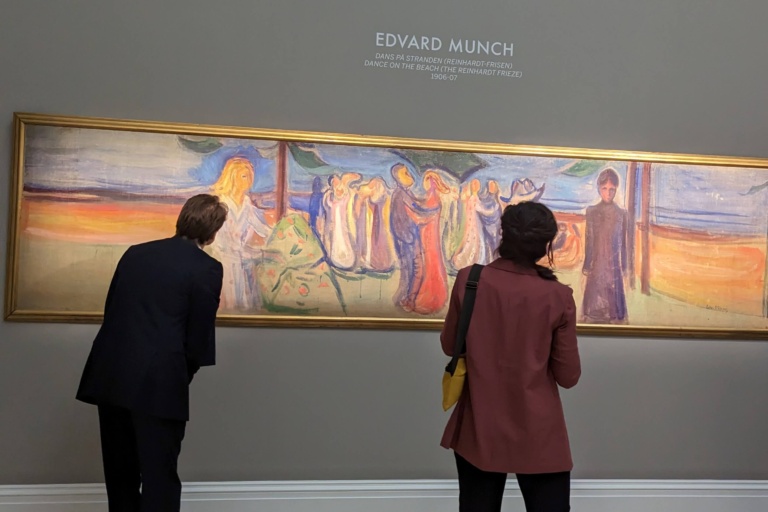Technical imaging
Specialised equipment and techniques used to obtain detailed information about the materials, the creative process, and the condition of a painting.
The methods we use
This image is an essential image to take. When the details and colours of the painting are reproduced faithfully, a colour image represents the base on which the subsequent observations are made.
Pigments reflect, absorb or transmit the infrared radiation at specific wavelengths, allowing to penetrate the paint layers and reveal the preparatory drawing – if it’s present.
Our equipment allows us to capture infrared images in the near infrared (NIR) at 850 and 1070 nanometres.
This image is the result of the combination of the infrared reflected photograph and the visible colour image. It has its limitations, but it comes in handy when a first, broad discrimination of pigments is needed.
Also known as UV fluorescence, the technique highlights the distribution of varnish layers and helps localising existing paint retouching spots and UV-reactive pigments.
UV reflectance image can reveal a wide range of features and properties of the uppermost layers of an artwork. It detects varnish layers, the distribution of some modern pigments or other materials, and helps assessing the condition of the painting’s surface.
Transmissive techniques can be used on some paintings on canvas that have not been lined. A transmitted light image enhances the weaving of the support and helps identifying tensions and holes. Its infrared variation reveals underpaint and other hidden marks – if present.
The surface morphology can be investigated in several ways according to the needs. Raking light is the simplest and most common option to get an overview of the overall surface. The result is a colour image with shadows casted by raised ridges, folds, cusps and deformations of the support.
RTI (Reflectance Transformation Imaging) and PTM (Polynominal Texture Mapping) are two methods of computational photography resulting in an interactive image that allow to observe the object’s surface lit from varying angles. It is more effective then the raking light image because the viewer can exclude the colour and focus on the surface characteristics.
A computational photographic technique that allows the reconstruction of an object in three dimensions starting from a dataset of photos. The method is compelling because it can accurately reconstruct finely detailed 3D models. Photogrammetry is perfect for any structural analysis, measurements and monitoring in time.
The technique combines the capability of accurate 3D reconstruction of photogrammetry and the scientific information provided by the captures in visible colour, infrared and UV. Nowadays its applications span from the study of paintings to archaeological finds and the results are of high scientific value.
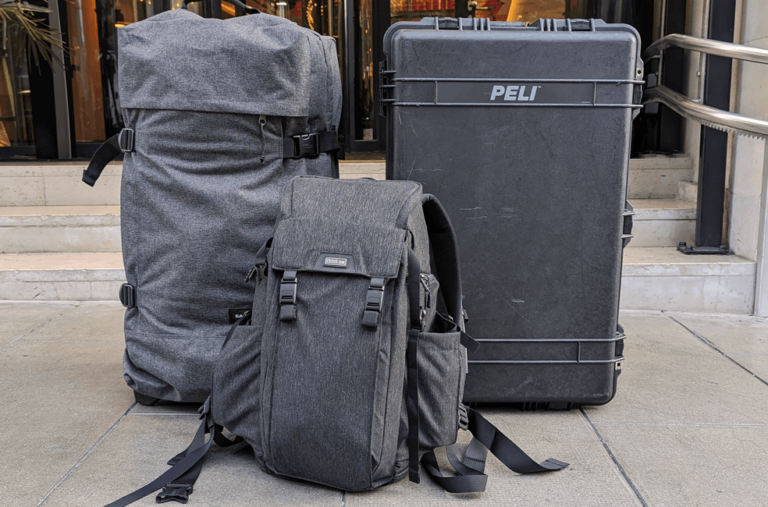
Our portable lab
At the heart of our technical imaging services is our portable laboratory. It allows us to bring our equipment and expertise to any location in Denmark and abroad. Our compact setup can be packed into a few bags and transported easily by plane, providing unparalleled mobility and flexibility for our clients. By reducing the handling and transport of precious artworks, we ensure our clients' maximum security and peace of mind.
The importance of technical documentation
The technical documentation with imaging techniques is commonly considered as a fundamental preliminary step in the study, research and conservation of an artwork. It offers a wide range of benefits for museums, conservators and art collectors alike. Some of the key advantages include:
For conservators:
- Helps to identify and document areas of damage, deterioration, or changes to the artwork over time.
- Provides information on the materials used in an artwork, aiding in the selection of appropriate conservation treatments.
- Can reveal previous restorations or overpaintings, allowing for more informed conservation decisions.
- Can assist in the documentation of treatment procedures and outcomes.
For museums:
- Provides documentation of the condition and technical aspects of artworks, aiding in their preservation and conservation.
- Enables a deeper understanding of an artwork’s creation, history, and context, including the artist’s materials and techniques.
- Can assist in the attribution and authentication of artworks, as well as identify potential fakes or forgeries.
- Can help to uncover hidden or obscured details, such as underlying sketches or pentimenti.
For art collectors:
- Provides valuable information for authentication and provenance research, helping to verify the authenticity and history of an artwork.
- Can identify areas of damage or deterioration, aiding in the preservation and care of the artwork.
- Can enhance the collector’s understanding and appreciation of the artwork, providing insight into the artist’s materials and techniques.
- Can aid in the selection and evaluation of potential acquisitions.



